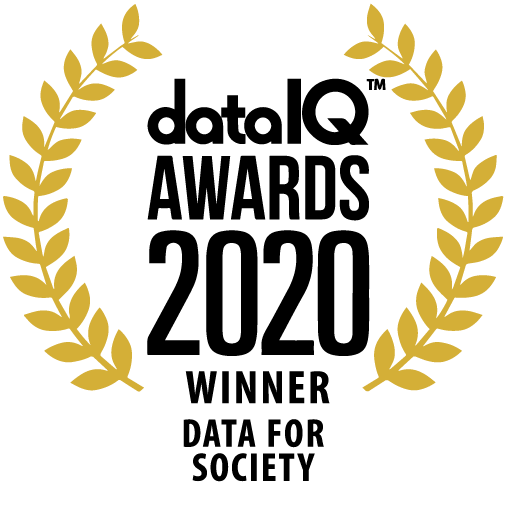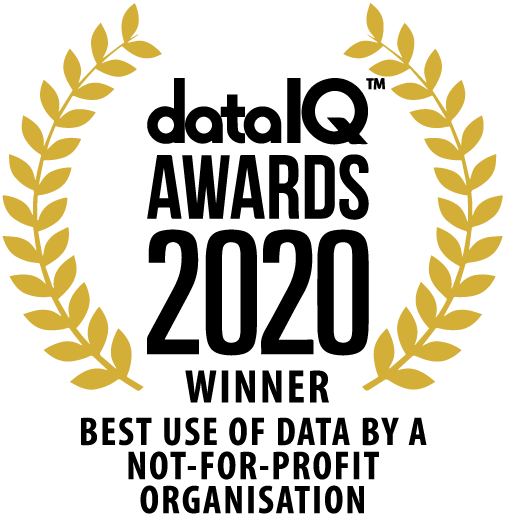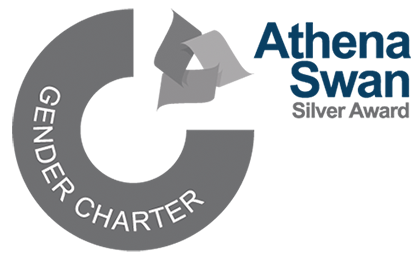Tech Report
Talking About Multimedia: A Layered Design Framework
These days there are numerous examples of educational multimedia; e.g., Homer, Virtual Microscope, Art Explorer, EncartaTM and so on. While these are all "educational multimedia", most users, multimedia designers, and educators would agree that these examples represent very different types of applications. However, most people would probably have a difficult time cogently explaining why they are different and, more importantly, the implications of these differences both for effective use and for future design practice.
Part of the problem in knowing how to explain and compare differences between systems lies in the fact that they are never used in a vacuum - they are always embedded in particular learning situations. Such situations range from Saturday evening 'edutainment', to after-school computer labs, to traditional classrooms, and, of particular importance to us, to distance learning. Furthermore, a multimedia system is usually not just an isolated box on a table, but part of the larger environment of books, videos, paper and pencil, teachers, other students, and curricula; some of which may be crucial for the system's successful use. Thus, to critique a system, you need to understand its intended context of use - what it is designed to do, how learners are expected to use it, how its use fits into a broader curriculum, who the target users are, what supporting materials are needed and so on.
Here, we develop a layered analytical framework for describing critical aspects of multimedia systems and the learning situations in which the systems are used. The purpose of this framework is to develop a vocabulary for discussing design and educational issues that can be shared by the many different stakeholders involved in educational multimedia design and deployment (e.g., educators, designers, technologists, users). Once an application is described using this vocabulary, we can analyse and compare it with other applications in a systematic and consistent fashion.
This methodology will enable us to: (1) understand which types of applications are more effective in given learning situations;(2) anticipate the kinds of additional support applications may need to achieve the desired educational outcomes in different kinds of learning situations; (3) critically assess design options and make informed design decisions to better promote the user experiences that the educator or designer intends.







